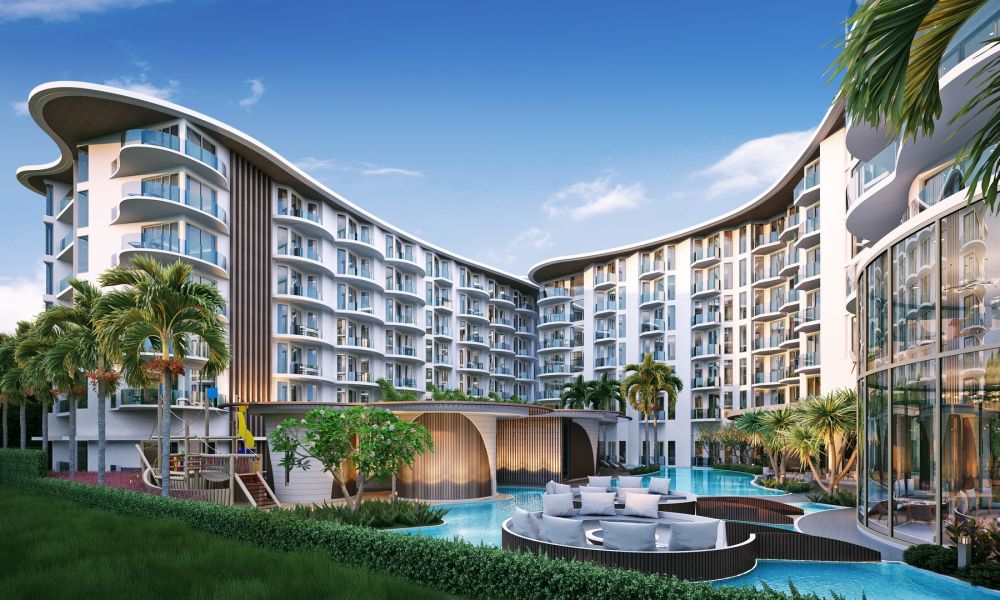
Purchasing a unit in a partially converted building presents unique challenges and opportunities that differ substantially from buying in a purpose-built condominium. While marketing materials like the Promenade Peak Brochure might showcase attractive finishes and amenities, partially converted buildings have underlying structural and governance complexities that demand additional scrutiny before making a purchase decision. These conversions, transforming rental apartments or commercial spaces into condominiums, create hybrid properties with distinctive investment characteristics.
Ownership dynamics
Partially converted buildings often operate under split ownership structures where a developer or corporate entity retains significant property interests alongside individual unit owners. This arrangement creates potential conflicts of interest when deciding building operations, maintenance priorities, and financial allocations. In buildings where the original owner maintains a controlling interest, individual unit owners may have limited influence over association decisions despite having financial stakes in outcomes. Voting rights typically correspond to ownership percentages, allowing large stakeholders to determine policy directions regardless of resident preferences. These power imbalances can affect decisions about completing the remaining conversion phases, addressing building-wide maintenance issues, or allocating resources between converted and unconverted sections. Prospective buyers should thoroughly review governance documents to understand voting structures and decision-making processes.
Financing hurdles
Lenders view partially converted buildings with heightened scrutiny, often imposing stricter financing requirements:
- Higher down payment percentages than in fully converted buildings
- Increased interest rates to offset perceived investment risk
- Additional documentation requirements regarding conversion plans
- Restrictions based on the ratio of owner-occupied to rental units
- Special conditions regarding reserve fund adequacy
These lending constraints can limit buyer pools, potentially affecting resale values and marketing timelines. Some lenders refuse to finance units in buildings below certain owner-occupancy thresholds, creating additional complications in properties with substantial rental components. Before making purchase offers, prospective buyers should consult multiple lenders to confirm financing availability and identify property-specific conditions that might affect loan approval or terms.
Infrastructure considerations
- Examine whether building systems were fully upgraded during conversion
- Verify separate utility metering for individual condominium units
- Assess whether common areas received appropriate renovations
- Check accessibility compliance with current building codes
- Review documentation of asbestos or lead paint remediation
Partial conversions often compromise infrastructure modernisation, particularly for systems that remain functional but fall short of current standards or expectations. Mechanical, electrical, and plumbing systems may retain older components that function adequately but have shorter remaining lifespans than those in newly constructed buildings. This infrastructure reality creates potentially higher long-term maintenance costs and earlier replacement needs than comparable units in purpose-built condominiums. Thorough professional inspections become particularly important when evaluating units in converted buildings.
Insurance complexities
Insurance coverage in partially converted buildings often involves complex overlapping policies that create potential coverage gaps or redundancies. Split ownership structures typically require separate policies for converted and unconverted sections with coordination provisions that may leave ambiguities about responsibility for shared components. These insurance arrangements demand careful review to ensure comprehensive protection without unnecessary duplication. Particular attention should focus on coverage for building components span both converted and unconverted sections, such as roofs, foundations, and central mechanical systems. Due to these complexity factors and perceived higher risk profiles, individual unit insurance within partially converted buildings typically costs more than comparable coverage in purpose-built condominiums.
Buyers considering these properties as investments rather than primary residences should develop financial models that account for potentially more extended hold periods and complex exit strategies than typical condominium investments require.







